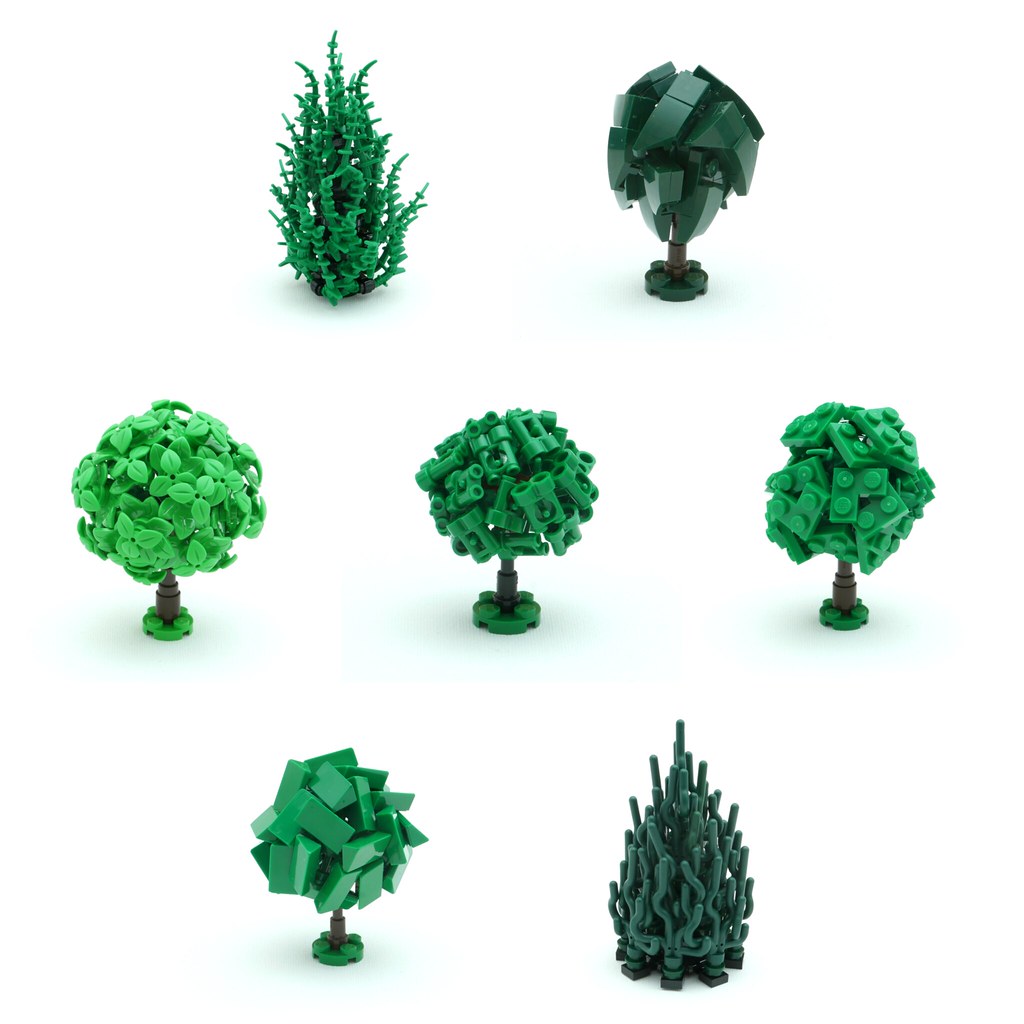Most of us are staying home a lot more these days, and if you’re anything like me, you’ve probably already built all the LEGO sets laying around your house and have run out of ideas for your custom build. Our friend Rylie Howerter has just the thing to solve your brick doldrums and keep you flexing your LEGO muscles with a little brick workout. Introducing the Reverse Engineering Contest, a daily challenge wherein you, the viewer, are tasked with recreating a tiny but deceptively complex model with your own bricks. Rylie will be posting a new challenge to her Instagram every day from now until August, so you’ll have plenty to keep you busy.
Much like the crossword puzzle in the papers, there are no prizes to be won in this contest, just a victorious sense of accomplishment and expanded knowledge of your favorite highly sophisticated interlocking brick system.
Designed by Ryle and friends, each of these small creations uses only a handful of elements and looks pretty simple, but don’t be fooled: there’s more than meets the eye to these brain teasers. Here’s today’s challenge to get you started.
Some might be simple to you, but no matter what your skill level, others are sure to have you pulling your hair out and wondering if Rylie has invoked the Kragle. However, the only shenanigans that may be involved with building the models are weird pieces and outside-the-box thinking. Rylie says that none of the solutions include things like stickers, flex tubing, or rubber bands–and certainly no Kragle. Can’t find the right parts to make it work? Give it a try in a digital building program like Studio or Mecabricks.
And if you get stuck, Rylie will be posting the answers every Sunday to a Dropbox linked in her Instagram bio (so as to not accidentally spoil anyone). This is the fifth time Rylie has run a challenge like this, and I’ve had a blast puzzling out the devious intricacies of previous challenges and can’t wait to see what else is in store this time around.















